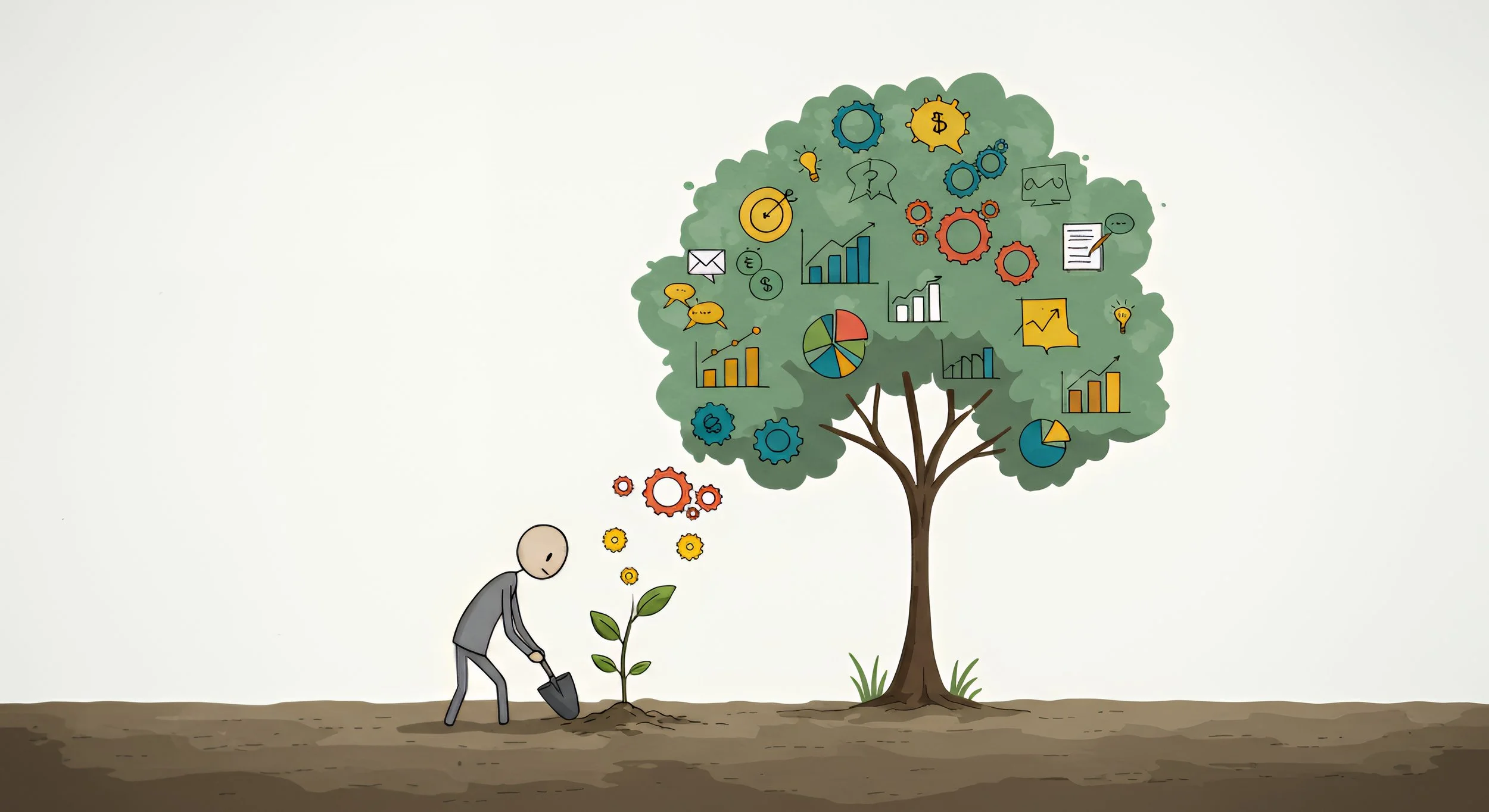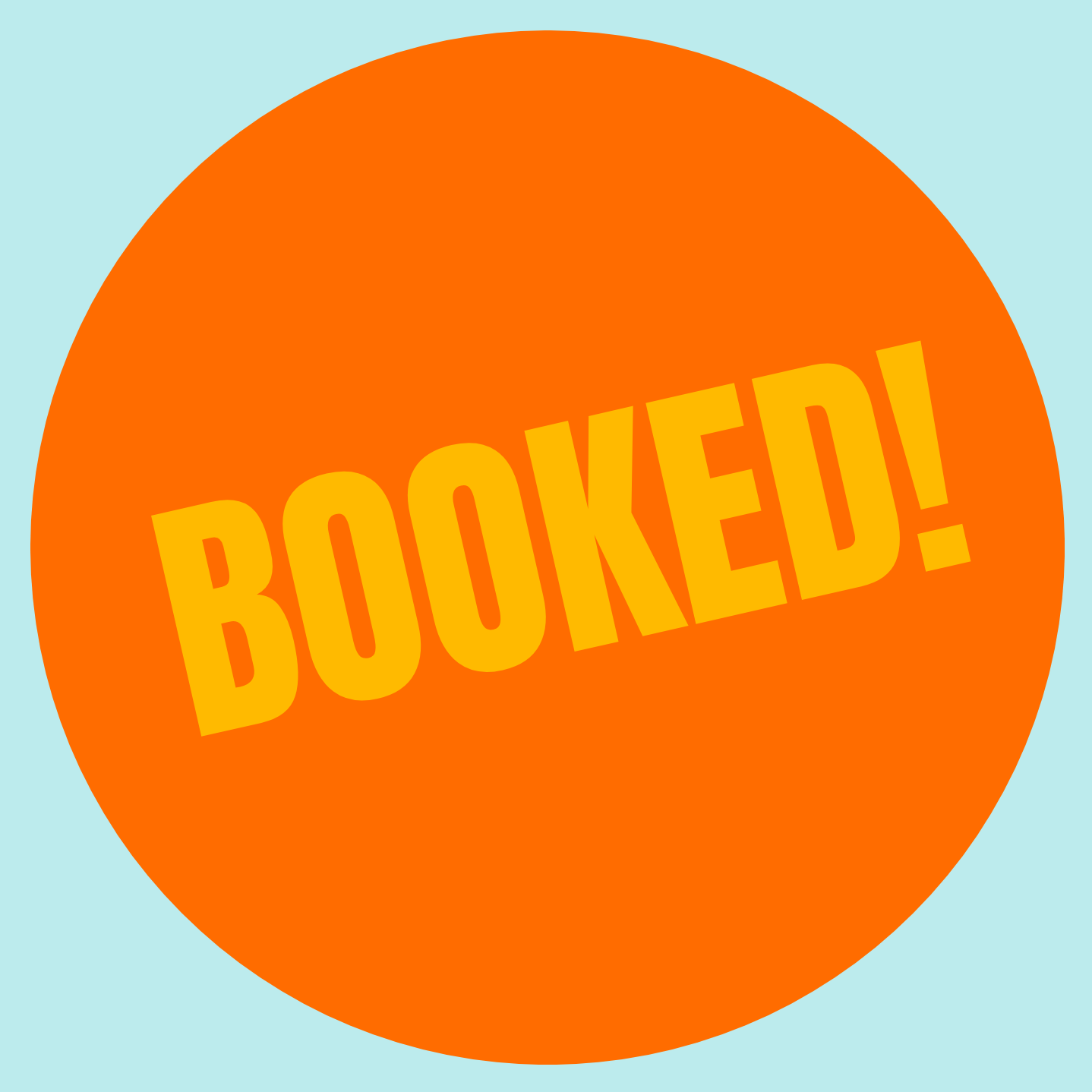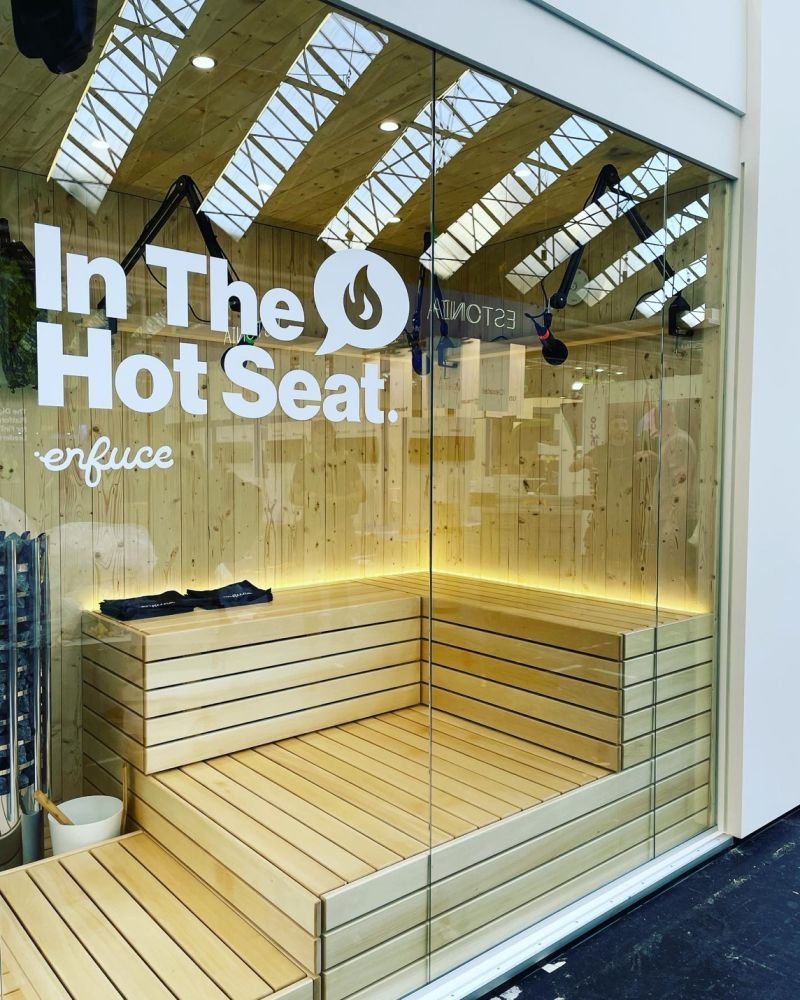
The Ground Beneath Creative Work
Across industries, creativity is suffering the same fate as our farmland. Overworked, undernourished, and stripped of what once made it fertile. As AI and automation accelerate production, too many brands trade depth for efficiency. At Podfly, we believe sustainable creativity is like healthy soil: it needs rotation, care, and respect for the people who tend it.

Podcasting’s Fast-Food Moment
AI-generated podcasts are flooding the market. Learn how premium storytelling and brand strategy help companies stand out, build trust, and drive lasting ROI.

PODFLY & AI
At Podfly, we embrace the practical power of AI—but not at the expense of creativity. In this reflection on our evolving production workflows, we explore how artificial intelligence helps us get unstuck, stay organized, and work more efficiently—while reaffirming a core belief: great podcasts are still made by people. This is our stance on “actual intelligence” in the age of automation.

Send Me Your Deck!
How We’re Rethinking the Pitch in a Crowded Market

From Awkward Asks to Engaging Interviews: Expert Tips on Podcast Guest Booking
Discover how to secure the perfect podcast guests, offering practical tips and insights to streamline your booking efforts. Learn how Podfly’s tailored approach can elevate your podcast episodes and engage your audience. This guide will help you turn guest booking into a strategic advantage. Read on to see how we make podcast guest booking easy and effective.

Women in Marketing: We Have Nothing to Prove
While our individual stories may differ, there is a common thread: the constant pressure to prove ourselves as women. We must stop proving our value, and start owning it.

Humans Making Podcasts for Humans (for now)
Lately, we’ve loved the new capabilities and opportunities that technology provides in podcasting. When you strip all the fancy editing and production frills away, it’s really about humans sharing their unique stories.

Hot Mic: Building a Studio for a Spicy Conversation
June of 2023, the Finnish fintech firm Enfuce launched a company-wide rebrand. They wanted their organization to look different because, to be perfectly frank, they are different. Their founders are unapologetically opinionated and have a, let’s call it “colorful” way of expressing it, but perhaps most transgressive of all they’re both women.

Good Teams/Bad Teams
Great minds in business, psychology and academia have proven empirically what you and I sense intuitively: great teams perform best when teammates like each other and enjoy working together. This is especially true in Podcasting.
